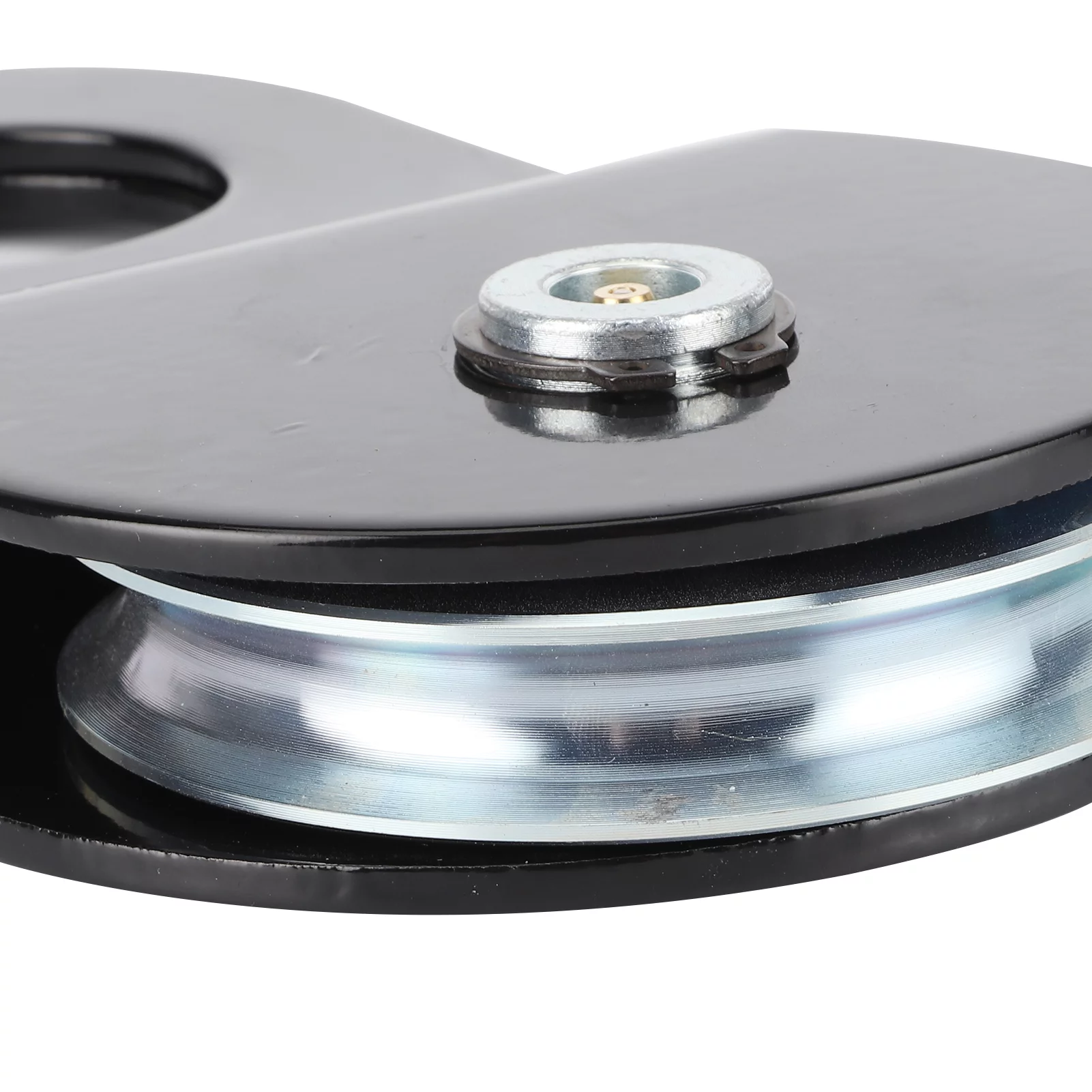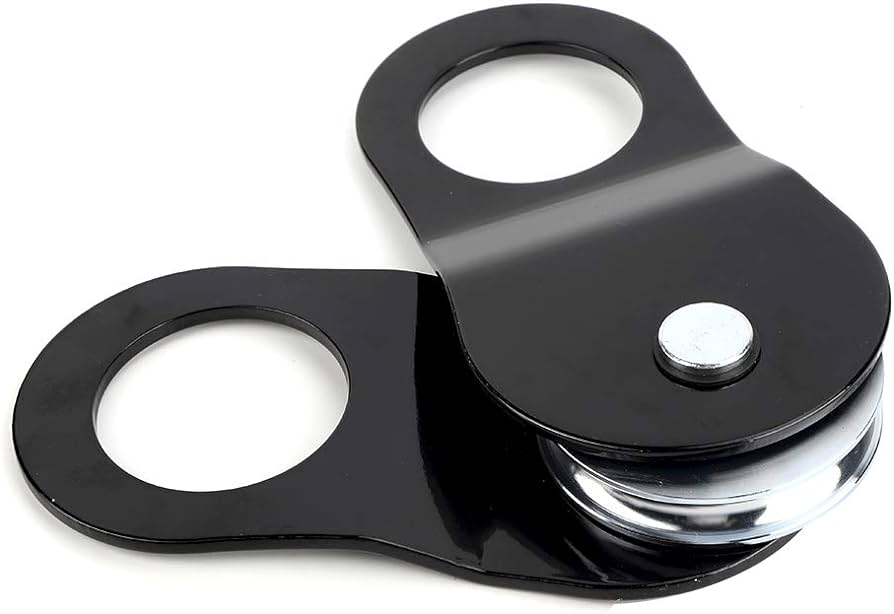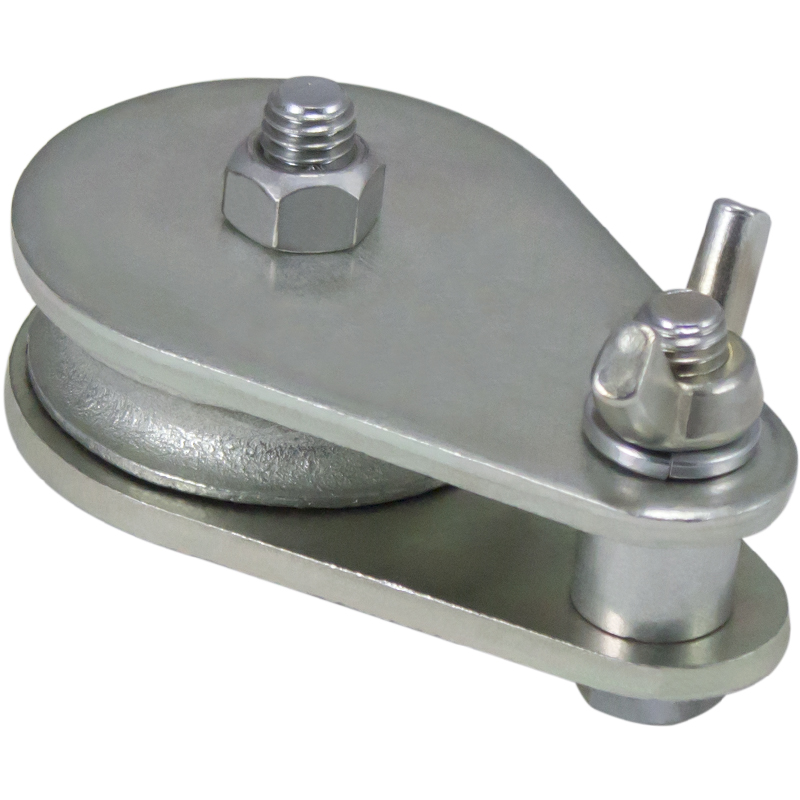Product Description
Casting and Machining Belt Pulley for Italy customer
1. Material: Cast iron GG25, Ductile iron,grey iron
2. Process: machining - phosphating
3. Size:1C230,1C250,1C170,1B250,1B230
Specifications
Various Types of Pulley GG20/GG25/GG30/V-Belt Pluuey
1.Produce as drawings
2.on time delivery
3.ISO,CCC Reliable qualit
Various Types of Pulley GG20/GG25/GG30/V-Belt pulley
Specifications:
Process: casting-machining-palstics spraying-packaging
Technical: sand casting
Material: China-HT200/HT250/HT300 Germery-GG20/GG25/GG30
Dimension: as customer's request
Casting level: CT10-CT11
Surface roughness: Ra25
Packaging: wooden cases or as customer's drawings
Surface treatment: shot blasting, plastic spraying, paint spraying
Equipment: cupola, electric furnace
Weight: 0.5kg-100kg
Surface colour: plastic spraying RAL2004/black paint/ antirust paint
Inspection:
In-house and third partyUniversal
All the products are strictly inspected by the operators and skilled QC
inspection tools: hardness tester, height ruler
Production Procedure:
Drawings→Mould developing→Raw casting→Sandblasting→Rough machining or finish machining→Surface treatment→Inspection→Packing→Delivery strictly
We can produce the pulleys according to the drawings and samples provided by the customers with excellent quality and competitive price.
As an experienced casting manufacturer, we assure you the quality! Our products are through careful inspection, and our quality is high and reliable which have been achieved cutomers' satisfaction!
If you are interested in our products, please do not hesitate to contact us!
|
HangZhou Jiangdashengye Trade co.,ltd. |
|
|
OEM SERVICES |
|
|
Service |
Drawings or samples processing/OEM/ODM service provided |
|
Produce Process |
Drawings→ mould making →raw casting → sandblasting →rough machining or finish machining →surface treatment →product checking→ packing →delivering |
|
Casting Material |
Cast Iron, Grey Iron, Ductile Iron,Carbon Steel, Stainless steel, Alloy steel, |
|
Standard |
ISO, GB, ASTM, DIN, JIS |
|
Equipment |
melting furnace, centrifugal casting machines coated CHINAMFG machine CNC machines turning machines grinding machines milling machines drilling machine punching machines laser carving machine |
|
Surface treatment |
Heat treatment, Polishing, Sand blasting, Painting, Electro-plating, Chemical Plating, and other machining processing. |
|
Inspection Equipments |
Spectrum analysis instrument, Metallurgical analysis, Tensile strength tester, Hardness tester, Roughness tester, deflection tester, Impact test machine, Projector, Altimeter, Scale Micrometer, pressure tester, etc. |
|
Delivery |
Sample sent to customer by air. Large quantity products delivered to customer by sea from xingang,China |
|
Payment terms |
L/C at sight or 30% T/T as deposit and balanced 70% to pay before |
v pulley, v belt pulley, v groove pulley, v groove belt pulley, taper lock pulley, taper lock v belt pulley, taper lock bushing pulley, taper lock pulleys / taper bore pulley, large v belt pulley, double v belt pulley, cast iron v belt pulley belt pulley, variable speed v belt pulleys, v belt pulley split pulley, cast iron v belt pulley
V belt pulley specifications:
1) European standard:
a) V-belt pulleys for taper bushings: SPZ, SPA, SPB, SPC; up to 10 grooves
b) Adjustable speed V-belt pulleys and variable speed pulleys
c) Flat belt pulleys and conveyor belt pulleys
2) American standard:
a) Sheaves for taper bushings: 3V, 5V, 8V
b) Sheaves for QD bushings: 3V, 5V, 8V
c) Sheaves for split taper bushings: 3V, 5V, 8V
d) Sheaves for 3L, 4L or A, and 5L or B belts: AK, AKH, 2AK, 2AKH, BK, BKH,2BK, 2BKH, 3BK
e) Adjustable sheaves: poly V-pulley, multi-pitch H, L, J, K and M
3) Bore: pilot bore, finished bore, taper bore, bore for QD bushing
4) Surface finish: paint, phosphating, zinc plated
5) Material: cast iron, ductile iron, nylon, aluminum
6) Made according to drawings and/or samples, OEM inquiries welcomed
Now we send photo of our production as follows:
/* January 22, 2571 19:08:37 */!function(){function s(e,r){var a,o={};try{e&&e.split(",").forEach(function(e,t){e&&(a=e.match(/(.*?):(.*)$/))&&1
| Size: | 1c250 |
|---|---|
| Size2: | 1c230 |
| Size3: | 1b270 |
| Size4: | 1b250 |
| Name: | Casting and Machining Belt Pulley |
| Transport Package: | Wooden Packing |
| Samples: |
US$ 3.5/Piece
1 Piece(Min.Order) | |
|---|
| Customization: |
Available
| Customized Request |
|---|

Can winch pulleys be part of rescue and emergency response systems?
Yes, winch pulleys can be an essential component of rescue and emergency response systems. Here is a detailed explanation:
Rescue and emergency response systems often require reliable and efficient equipment to perform various tasks, such as lifting, lowering, or evacuating individuals in hazardous situations. Winch pulleys can be integrated into these systems to enhance their capabilities and contribute to successful rescue operations in the following ways:
- Lifting and Lowering: Winch pulleys enable controlled lifting and lowering of individuals or objects during rescue operations. By incorporating winch pulleys into the system, rescuers can change the direction of force applied to the load, providing the necessary mechanical advantage to lift or lower individuals safely. Winch pulleys distribute the load evenly, minimizing the effort required and ensuring smooth and controlled movement.
- High Load Capacity: Winch pulleys are designed to handle heavy loads, making them suitable for rescue and emergency response situations. They can be integrated into systems that require lifting or lowering individuals who may be injured or incapacitated. The high load capacity of winch pulleys ensures that rescue operations can be performed safely and efficiently, even in challenging circumstances.
- Change of Direction: Winch pulleys allow the cables or ropes to change direction, facilitating access to individuals in difficult-to-reach or confined spaces. In rescue scenarios, where individuals may be trapped in elevated areas, steep slopes, or other challenging locations, winch pulleys enable rescuers to redirect the force and safely reach the individuals in need. The ability to change the direction of force enhances the versatility and effectiveness of rescue operations.
- Increased Control: Winch pulleys provide rescuers with greater control over the lifting or lowering process. They allow for precise and gradual movement, enabling rescuers to navigate obstacles, adjust positioning, or perform delicate maneuvers during rescue operations. The controlled movement facilitated by winch pulleys enhances the safety of both the rescuers and the individuals being rescued.
- Evacuation Systems: Winch pulleys can be integrated into evacuation systems used in emergency response scenarios. For example, in situations where individuals need to be quickly and safely evacuated from high-rise buildings, winch pulleys can be part of the system that lowers individuals down the building using ropes or cables. This ensures a controlled descent and efficient evacuation of individuals in emergency situations.
- Remote Access: Winch pulleys can be used in conjunction with remote-controlled systems to perform rescues in hazardous or inaccessible areas. This allows rescuers to operate the winch pulleys from a safe distance and maneuver individuals or objects to safety without putting themselves at risk. Remote access capabilities provided by winch pulleys enhance the safety and effectiveness of rescue and emergency response operations.
The integration of winch pulleys into rescue and emergency response systems enhances their capabilities by enabling controlled lifting and lowering, providing high load capacity, facilitating change of direction, ensuring increased control, supporting evacuation systems, and allowing for remote access. These features make winch pulleys valuable components in rescue equipment, contributing to the success and safety of rescue operations.

Can winch pulleys withstand harsh environmental conditions?
Winch pulleys are designed to withstand various environmental conditions encountered in marine and boating applications. Here is a detailed explanation:
Winch pulleys are typically constructed using durable materials that are chosen for their strength, corrosion resistance, and ability to withstand harsh environmental conditions. While the specific capabilities of winch pulleys may vary depending on their design, quality, and intended use, they are generally built to endure the following challenging conditions:
- Corrosion Resistance: Winch pulleys are often exposed to corrosive environments, such as saltwater or high humidity. To combat corrosion, many winch pulleys are made from materials like stainless steel, aluminum, or high-quality plastics that are resistant to rust and degradation. These materials help ensure the longevity and performance of winch pulleys in marine and boating applications.
- UV Resistance: Winch pulleys used in open-air or exposed locations are designed to withstand ultraviolet (UV) radiation from the sun. UV-resistant coatings or materials are applied to protect the pulleys from sun damage, such as fading, cracking, or degradation. This UV resistance helps maintain the structural integrity and functionality of winch pulleys over extended periods of exposure to sunlight.
- Extreme Temperatures: Winch pulleys are engineered to operate in a wide range of temperatures. They are designed to withstand both high and low temperature extremes without compromising their functionality. The materials used in winch pulleys are selected to remain stable and perform optimally within the expected temperature ranges encountered in marine and boating environments.
- Water Resistance: Winch pulleys are often exposed to water, whether from rain, splashing, or immersion. They are designed with features that provide water resistance and prevent water intrusion into critical components. Sealed bearings, water-resistant seals, and protective coatings help ensure that winch pulleys continue to operate smoothly and reliably even in wet conditions.
- Vibration and Shock Resistance: Winch pulleys may experience vibrations and shocks during operation, especially in rough sea conditions or when subjected to heavy loads. To withstand these dynamic forces, winch pulleys are designed with robust construction and components that can absorb shocks and minimize vibrations. This helps prevent premature wear, damage, or failure of the winch pulleys.
- Chemical Resistance: In certain marine and boating applications, winch pulleys may come into contact with chemicals, fuels, or cleaning agents. To ensure their durability, winch pulleys are often made from materials that exhibit resistance to common chemicals and solvents. This chemical resistance helps protect the pulleys from damage or degradation when exposed to potentially corrosive substances.
While winch pulleys are built to withstand harsh environmental conditions, it is important to note that their performance and durability can still be influenced by the severity and duration of exposure. Regular maintenance, cleaning, and following the manufacturer's guidelines for usage and storage can help maximize the lifespan and reliability of winch pulleys in demanding marine and boating environments.

What types of cables or ropes are typically used with winch pulleys?
Winch pulleys are designed to accommodate various types of cables or ropes depending on the specific application and requirements. Here is a detailed explanation of the types of cables or ropes that are typically used with winch pulleys:
- Steel Cable: Steel cables, also known as wire ropes, are commonly used with winch pulleys. They are highly durable, have high tensile strength, and offer excellent resistance to abrasion and cutting. Steel cables are suitable for heavy-duty applications where strong pulling forces and load-bearing capacity are required. They are commonly employed in industries such as construction, mining, and off-road recovery.
- Synthetic Rope: Synthetic ropes made from materials such as high-strength polyethylene (HMPE), nylon, or polyester are becoming increasingly popular in winching applications. Synthetic ropes offer several advantages over steel cables, including lighter weight, flexibility, and easier handling. They are also safer in the event of a rope failure, as they do not store as much energy as steel cables. Synthetic ropes are commonly used in off-road recovery, recreational winching, and marine applications.
- Fiber Rope: Natural fiber ropes, such as manila or sisal, were historically used with winch pulleys but have been largely replaced by steel cables and synthetic ropes in industrial applications. However, fiber ropes are still employed in certain specialized applications or industries where their specific properties are beneficial. For example, they may be used in situations where low conductivity or reduced risk of sparking is important.
- Wire Rope Sling: In some cases, wire rope slings may be used with winch pulleys. Wire rope slings consist of multiple strands of wire rope formed into a loop or sling configuration. They are commonly used for lifting and rigging applications where a flexible and strong sling is required to connect the load to the winch pulley. Wire rope slings offer excellent load-bearing capacity and flexibility.
The selection of the appropriate cable or rope for a winch pulley depends on various factors such as the intended application, load requirements, environmental conditions, and safety considerations. It is important to consider the specific requirements and consult the manufacturer's recommendations to ensure the compatibility and safe use of the cable or rope with the winch pulley.


editor by CX
2024-04-23